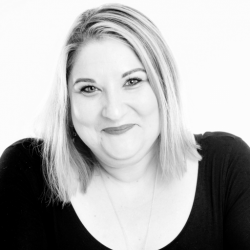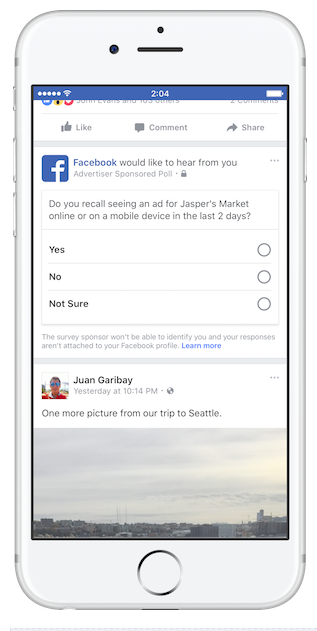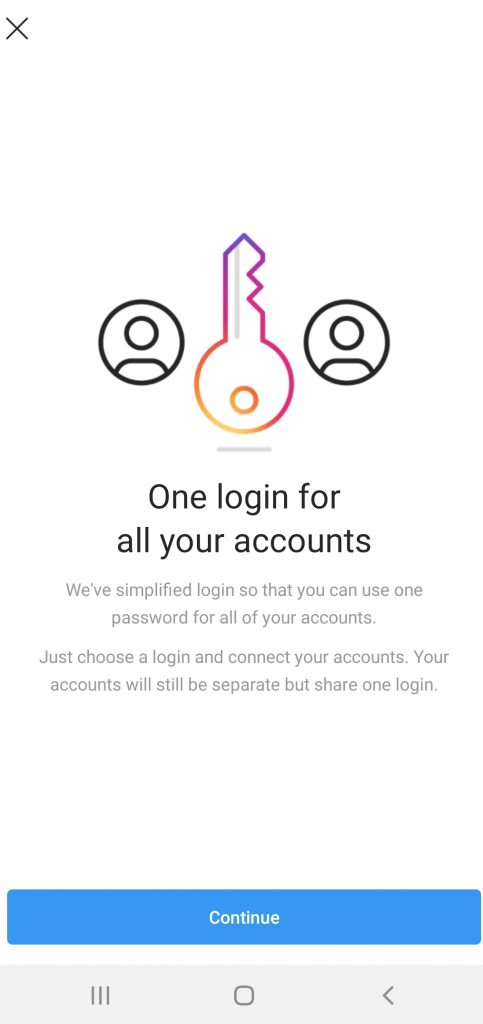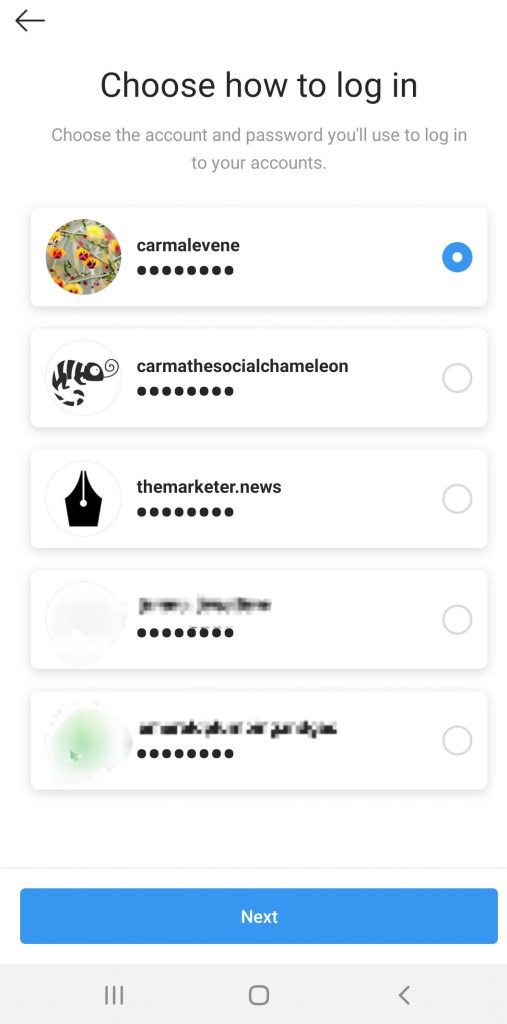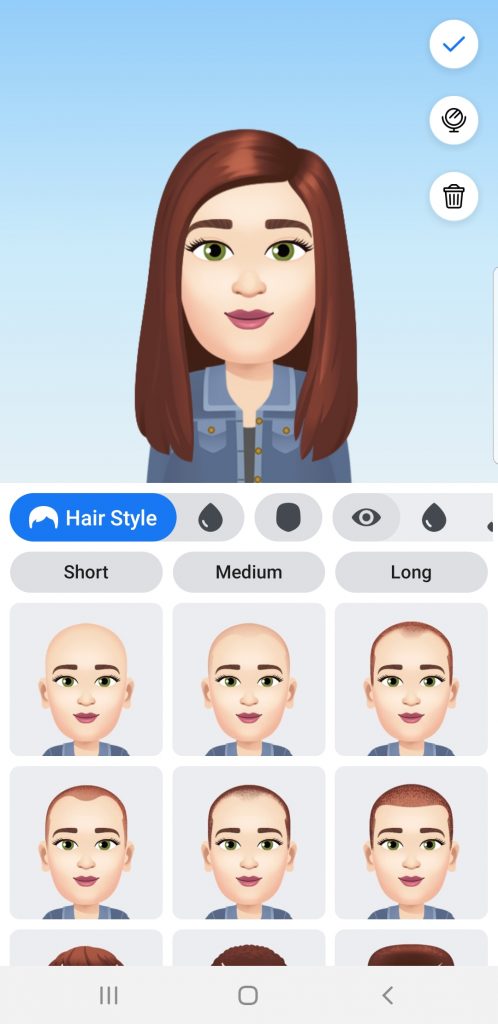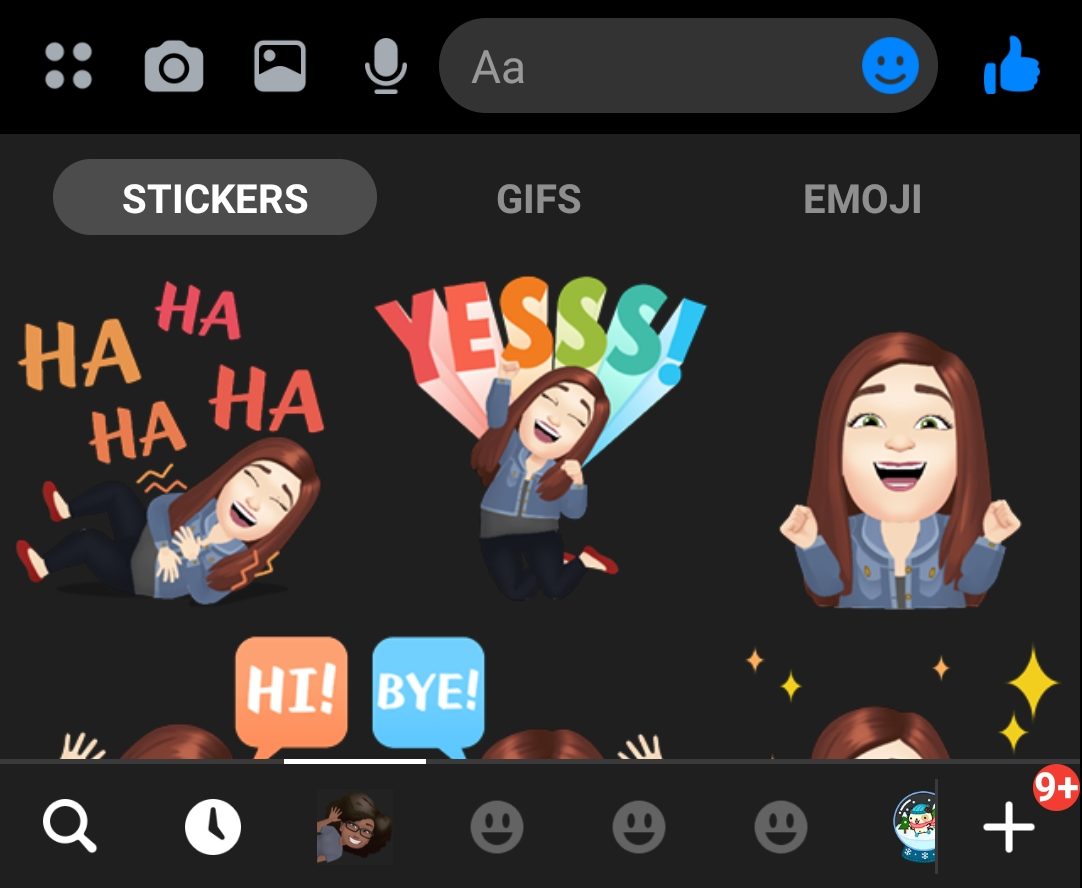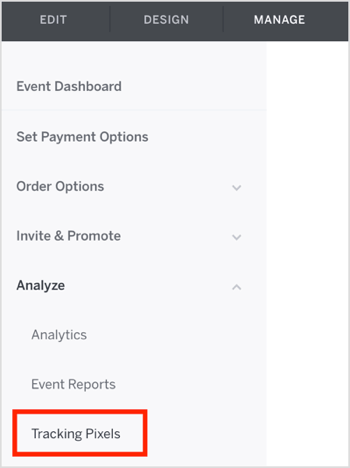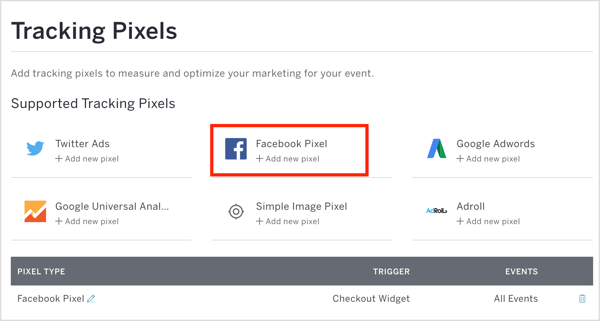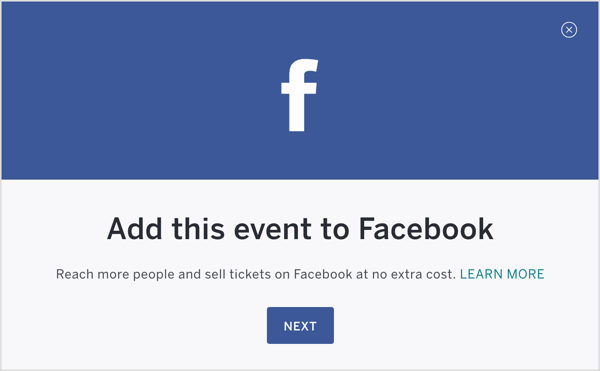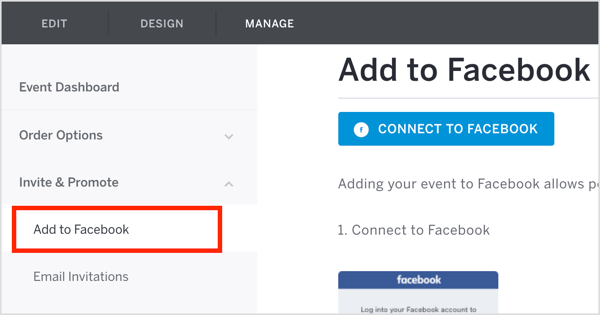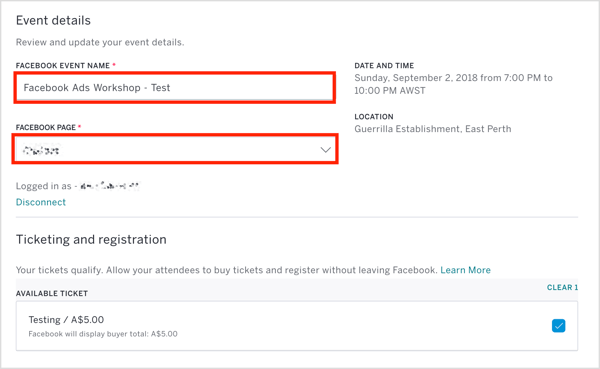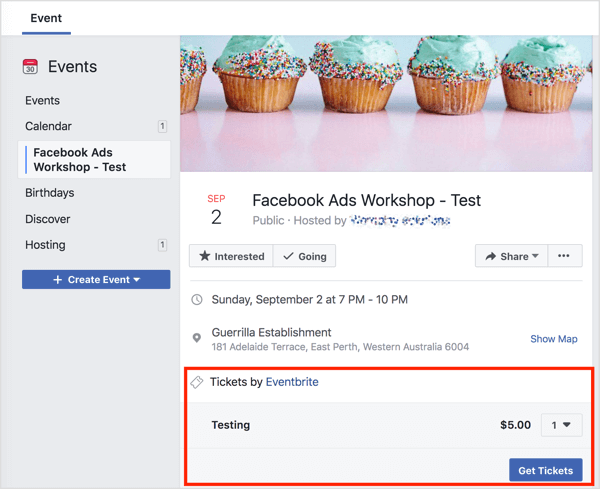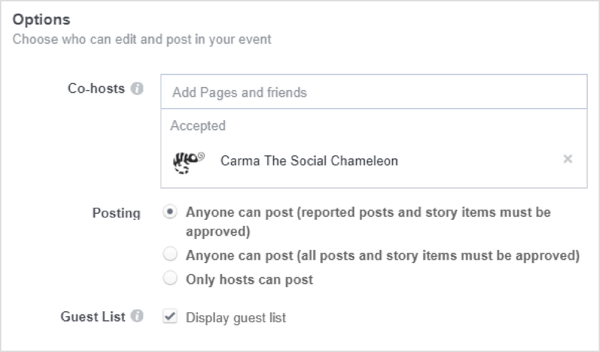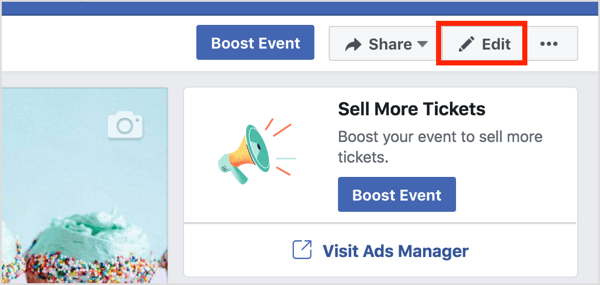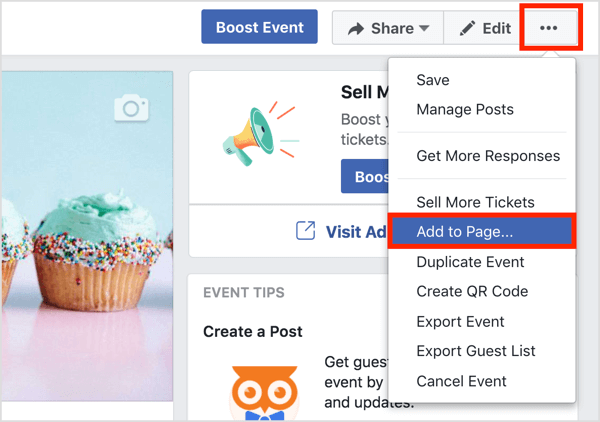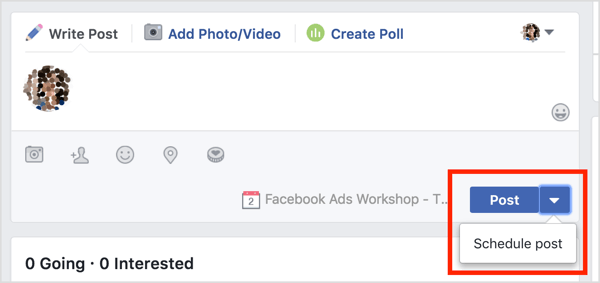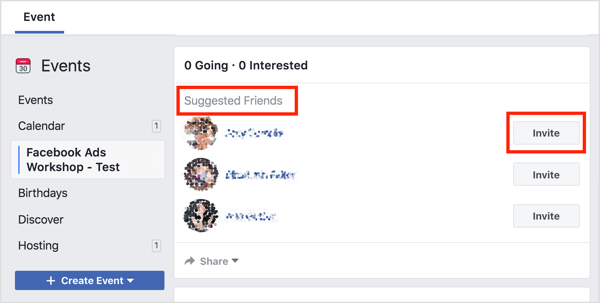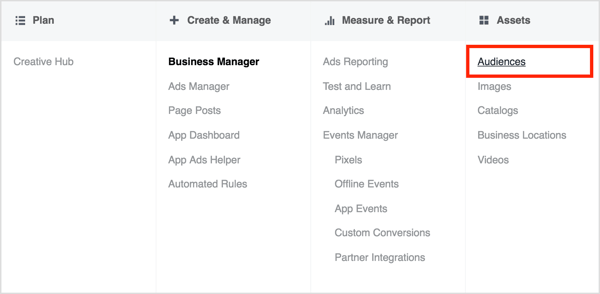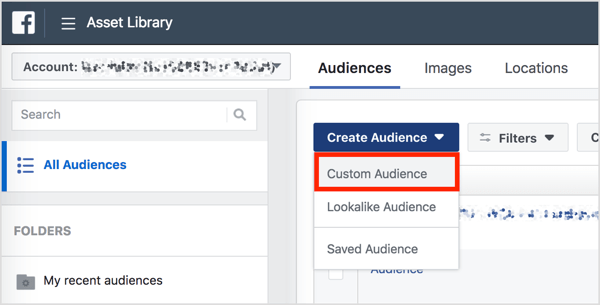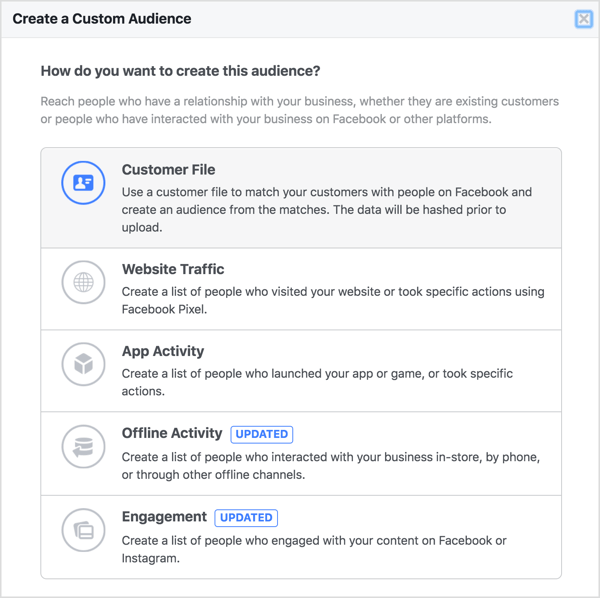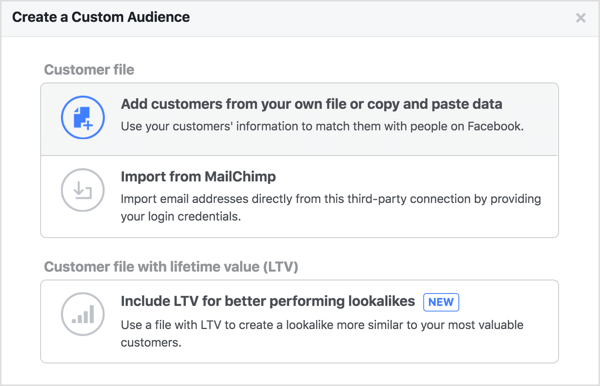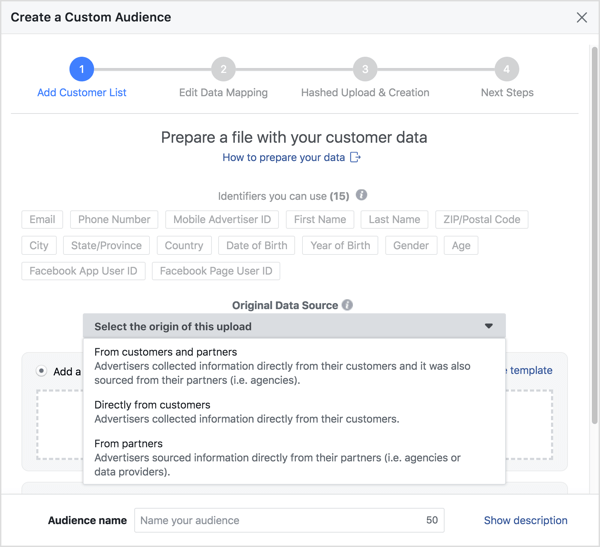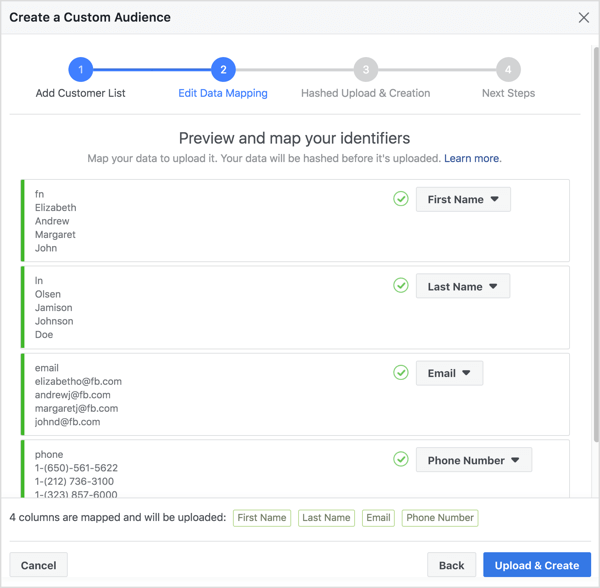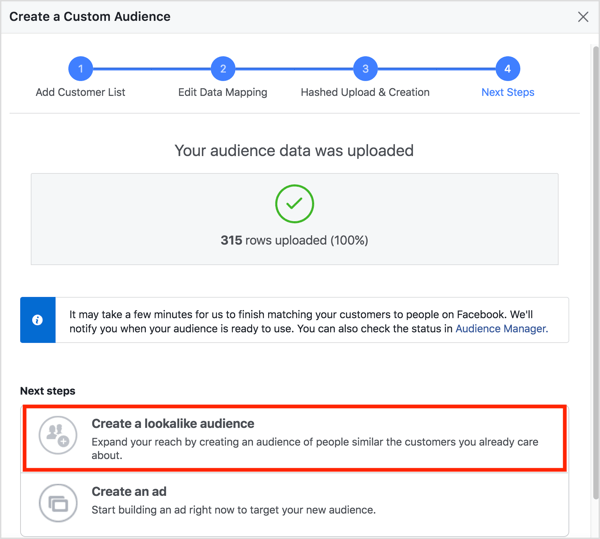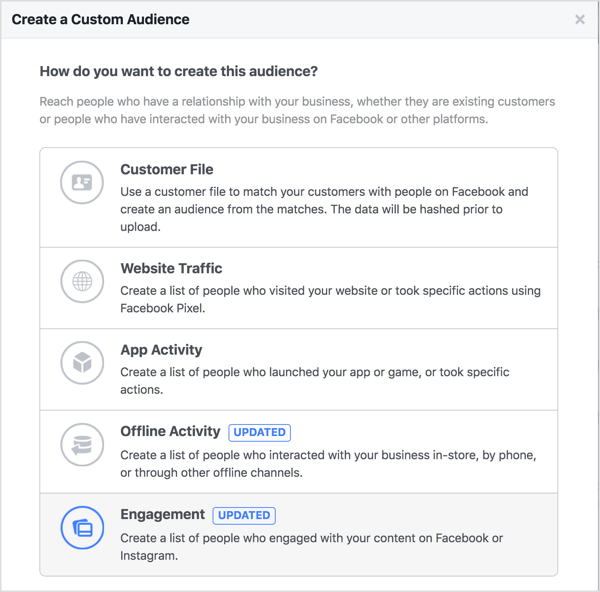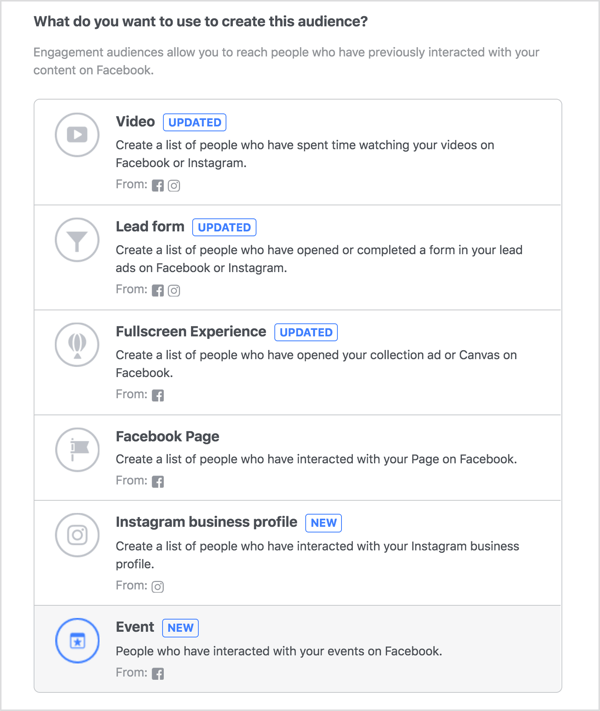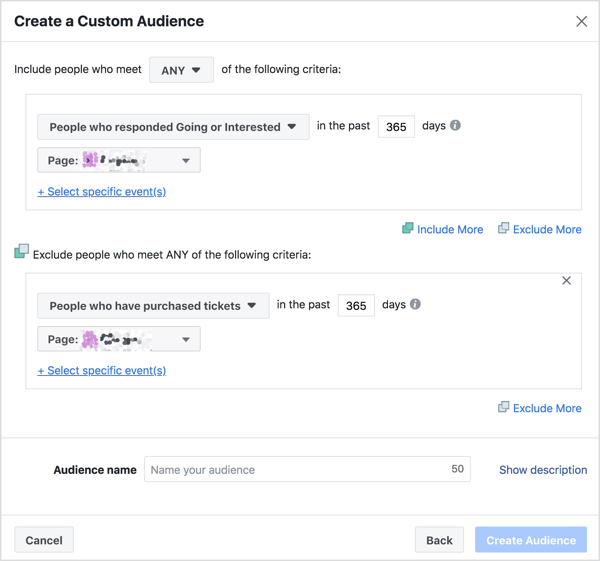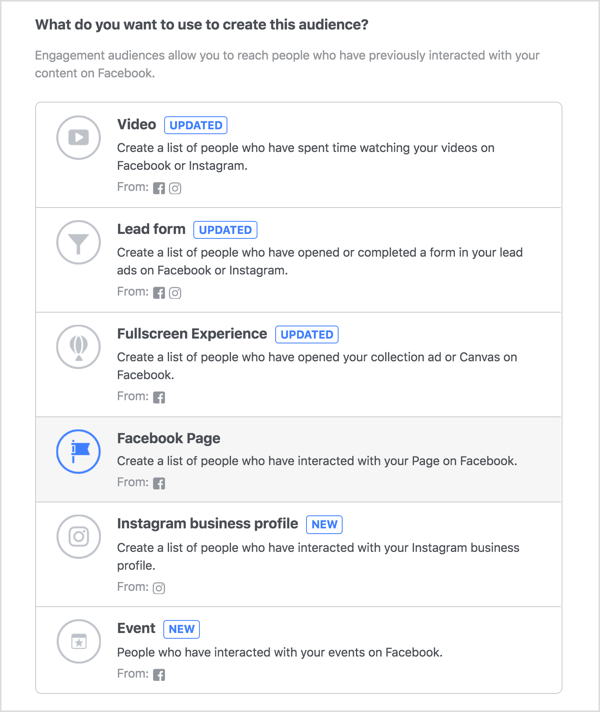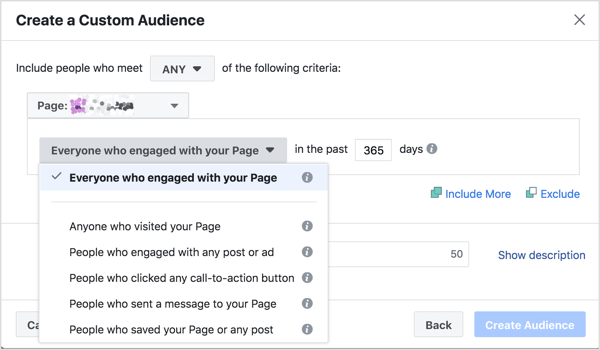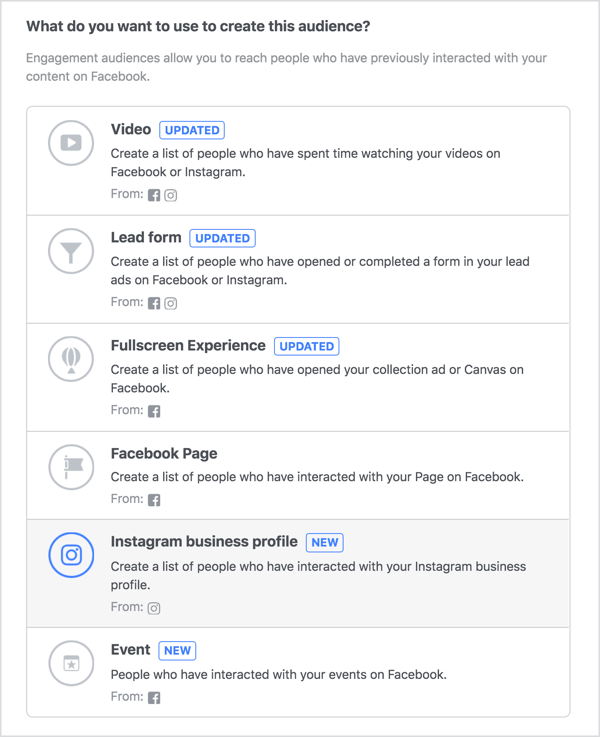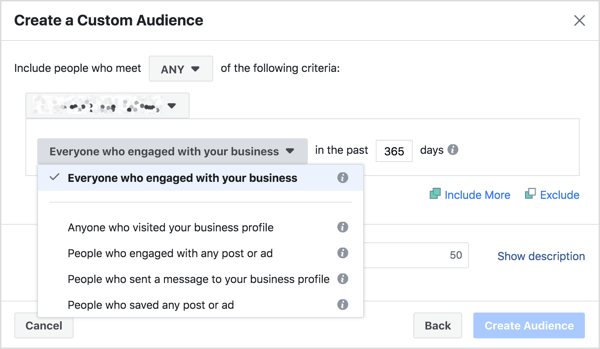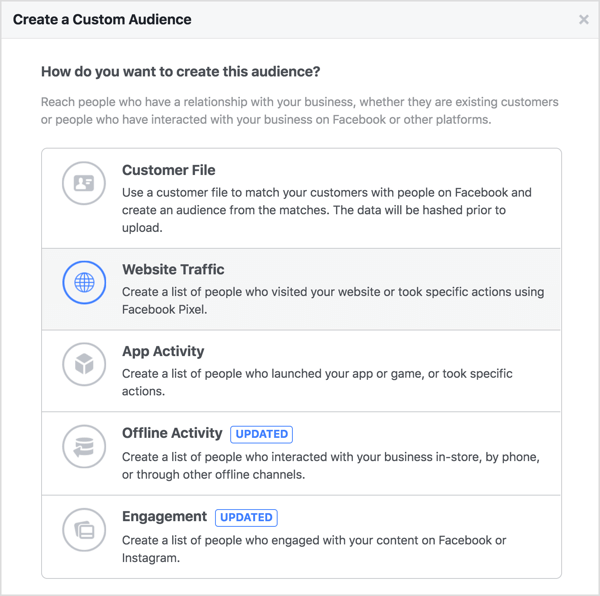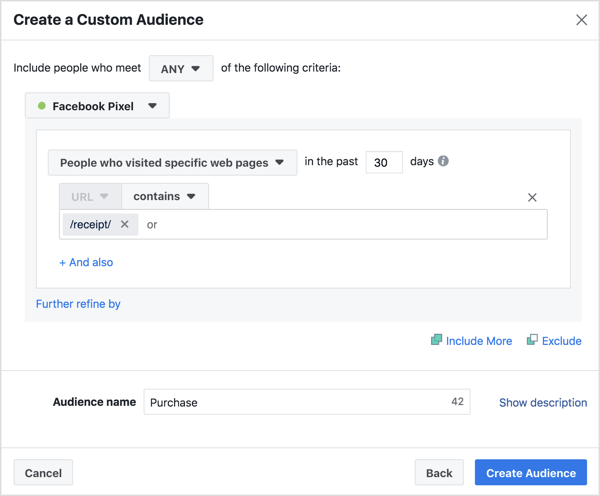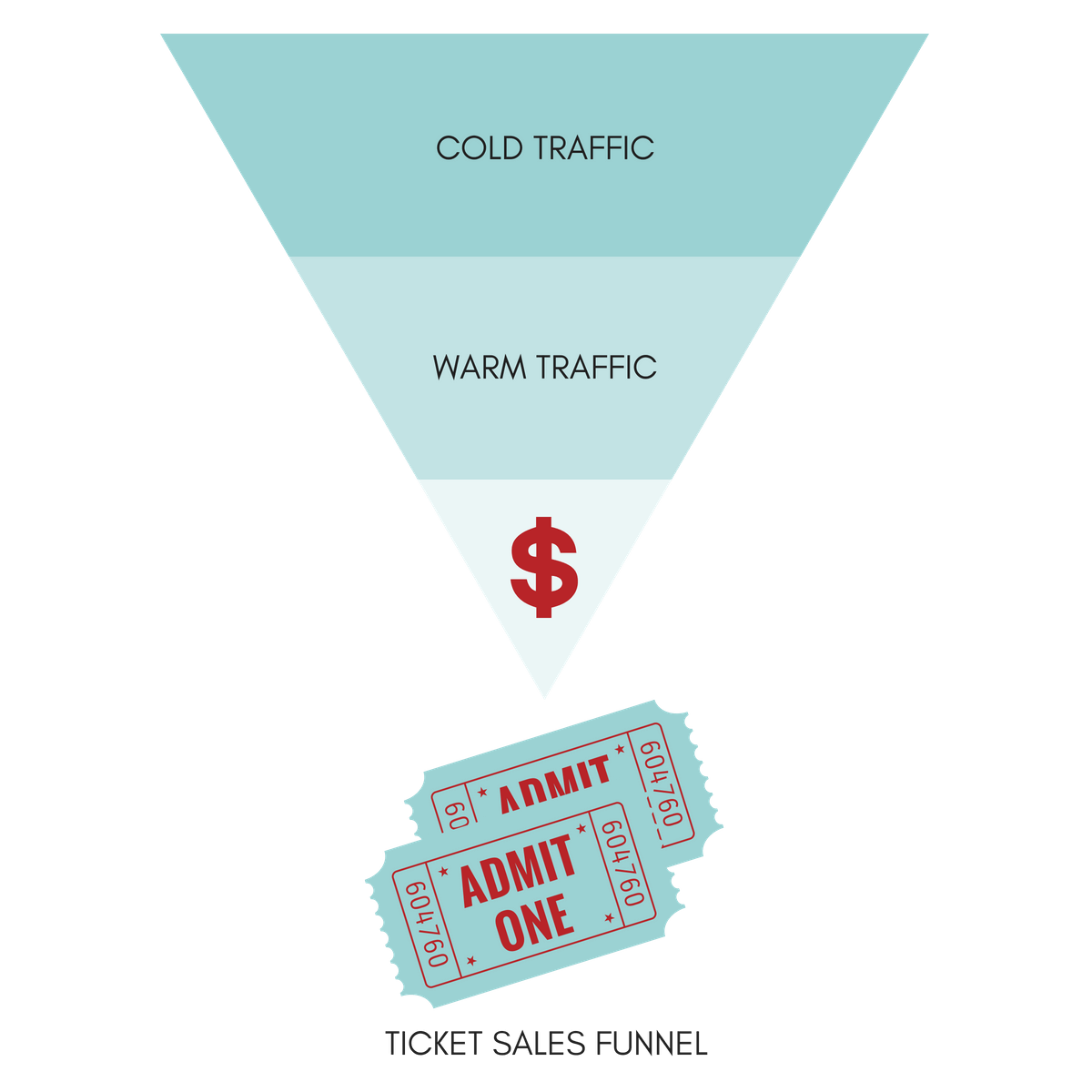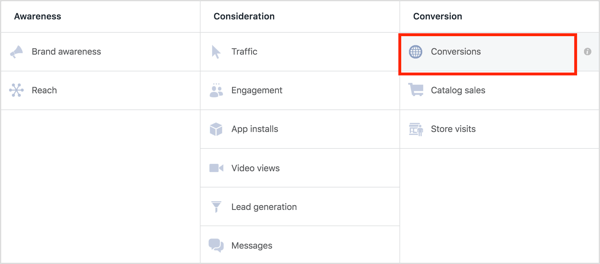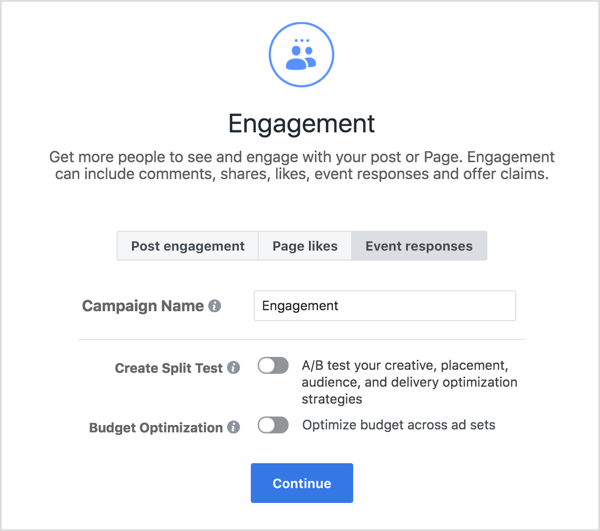Facebook Ads Don’t Work
Facebook Ads seem really complicated and indeed they can be. BUT there’s only 5 reasons your Facebook Ad fails, and once you understand them all you can fine tune your campaigns and get get out of Facebook Ad fail jail.
Facebook Ad Fails One: The Offer
Your offer needs to be enough to make people break away from what they’re really on Facebook/Instagram/WhatsApp/Messenger for (stalking their ex, checking out the pooches in the Cool Dog Group, thinking of a reason not to go to their cousin’s birthday, and watching cooking videos – or is that just me?)
Remember Social Media isn’t predominantly a sales platform so your offer HAS to be irresistible.
Do people want your product or service?
The amount of people who have something they love making but don’t test if there’s a market for before trying to make it into a business is staggering.
Some hobbies are best left as hobbies. Sometimes it’s enough to make cute things for your friends and not try to earn a living from it.
No matter how good your marketing is you can’t sell something people don’t want at ANY price.
Unless you are Wish.
They don’t know they need it ~yet~ so they need to be educated first.
This is where you need a funnel structure. A healthy dose of awareness activity showing the problem and positioning your brand as the solution.
This takes TIME and also needs good content and a great understanding of your audience and their position in the sales journey.
Don’t structre your ads as a “buy now” campaign to people who still need convincing.
It’s too expensive or complicated.
This can be part of point two, so don’t get too excited – you could just be targeting the wrong people. BUT if you aren’t; You may not be communicating clearly what the offering IS or the value it contains.
Price =/= Value
Show them testimonials, why your team is the best, demonstrate you align with their beliefs and show up for them.
If they ARE in the consideration phase and doing research to compare providers, give them an emotional reason to choose you.
Don’t assume they know the value of your product or services. Don’t assume they understand your industry jargon. Keep it simple, but make sure there’s enough information to set you apart.
In general brands need to spend more time thinking about the offer they’re going to market with if they don’t want to fall into the Facebook Ad fails trap.
Facebook Ad Fails Two: The Audience & Budget
Audience is so important. It actually should have been number one….
If you can’t get in your audiences heads you won’t be effective in persuading them. And if you don’t know which part of the sales journey they belong to you won’t send them the right messages.
Get specific – there’s so many advertisers targeting the same audiences you want to that you have to outbid them or outperform them. Go beyond broad demographics.
Sure you can bid higher to win the auction, but the better your ad conveys what the audience want, the less you’ll have to.
Look at people who might be more financially able to spend on your product or service at this time and will see it as a “must have”, not a “nice to have”.
Other things to consider:
-
- Are you speaking to their pain points or specific benefits?
- Are your ads making them feel negative or judged and this is putting them off, not inspiring them to buy?
- Have you excluded people who’ve already converted? Exclusions are SO IMPORTANT.
- Have you allocated enough budget for the size of your audience?
Tips to explore:
-
- Use this same client database as an audience to base a Lookalike Custom Audience
- Consider sending more prospecting campaigns – Video Views/Engagement before asking for anything in return
- Try using a page post with high engagement as an ad to give you social proof
- Speaking to the emotions of your audience
BUDGET
Budget can be tricky, but SUPER important.
I debated making it it’s own section, but budget can’t be separated from the audience, so here it is.
The size of your audience is directly related to how much money you need to reach them with the required frequency.
And FYI the optimal frequency is probably higher than you think.
If you have a large budget and a small audience you can overwhelm your audience, and with a large audience and a small budget you might not reach enough to be effective.
Budget also depends on your objectives. Top of Funnel (TOFU) brand awareness, reach, video views, traffic and engagement activity are fairly cheap to run.
Retargeting audiences are smaller than prospecting audiences so can require a smaller budget per segment.
Conversions require a larger budget – or at least larger bids to work.
So you see audience and budget are inseparable and must be thought through as a whole before you start building out your campaigns or you’ll end up experiencing Facebook Ad fails.
Facebook Ad Fails Three: The Creative
Say your offer and your audience are perfect, but your campaigns are still struggling. Your images or videos might not be getting the attention your ad needs to work.
They MUST stop the scroll and ideally, look like content rather than an ad.
People will stop scrolling on images of faces and people (Do I know that person? Whose baby is that?) so mix in some imagery that could be a photo their friends posted.
Creative needs to spark an emotional response in the audience and be relatable.
It also needs to sit natively on the platform it’s being served on. If you’re using Stories as a placement make vertical creative. Newsfeed? Square. Messenger? Landscape. This is important to avoid the “dad dancing” effect (as I call it)
And just because you CAN use more than 20% text in your ads now, doesn’t mean you should. If people know it’s an ad they will generally just scroll past, and unless your product has some brand awareness already they’ll never know who’s ad it was.
If you are using product shots (in anything other than catalogue ads) consider putting your product in the hands of a model or influencer so it’s more dynamic. Or use UGC (with permission)
Will your audience and objective be best served by video, static images, carousels? Find out!
It’s not always the “best” creative that sells, so split testing creative is essential to a profitable campaign, and keep you clear of Facebook Ad fails.
Facebook Ad Fails Four: Copy
Have you explained clearly? Confused people wander off…
Have you outlined what will happen in the next step when they click your ad? Is the call to action clear?
Copywriting for Facebook Ads is a skill in itself. You have three visible lines of text, a headline and a link description (on some placements) which mean you have to be strategic in how you structure your copy.
There’s many theories about long form and short form ad copy, but for me short has always worked best. People don’t mind clicking to find out more, but in my experience they don’t want to read a long ad.
Your copy needs to get the reader’s attention, engage them, and encourage and explain the next step (click, download, sign up etc.)
I use as few words as possible to get my message across, which includes re-writing sentences and editing phrasing so it’s as lean as it can be while still making sense and being persuasive.
Split testing copy is also essential! And what works at one time won’t work forever and won’t work on everyone.
Some copy needs to be seasonal, and each audience segment should have copy written to their specific needs and in their native lingo.
For example; if people are thinking of putting extra expenses off for the rest of the year to save for Christmas – could your messaging be “book before 2020 and save!” or can your product or services be a gift for a loved one? This will need it’s own copy.
Facebook Ad Fails Five: Objective & Placements
These guys are related as not all objectives have all placements. Objective is what you’re asking Facebook FOR and Placements are where your ad is DELIVERED.
Objective
Something I see alllllllll the time is people using the wrong campaign objective. I recently wrote about his in detail, so I’ll just skip to the end.
Don’t run an engagement campaign and expect direct sales. That’s not what it’s for.
Facebook will optimise to deliver your ads to people who’ll complete the goal you selected. Engagement goes to likers, commenters and sharers. Traffic goes to clickers. Lead Gen ads go to people most like to fill in your form and so on.
You need to choose the objective that aligns to your purpose.
Placements
Placements also have an impact on the effectiveness of your campaign. Check your metrics broken down by placement and switch off any that are ineffective to push more budget to the good ones.
Also to consider, are you contacting people how they want to talk to you?
Say you’re running a Messenger campaign that’s not performing:
-
- Do people need more information before they let you into their inbox?
- Have trends changed or do privacy concerns in your audience mean people don’t want to message with a business?
- Are they sick of talking to Messenger Bots and think they won’t be speaking to a human?
Generally speaking with a new client and a new campaign I’ll start with auto placements and see what the data tells me after some time has passed.
This is of course, assuming you have creative to fit all the placements – otherwise I don’t run ads at all on any placements I don’t have suitable creative for.
Stay Out Of Fail Jail
There’s no end to the split testing you can do with your campaigns – but you need to make sure it’s done one variable at a time so you can work out which variable made the impact. This is the science part.
Pulling It All Together
To recap – this is how I suggest you approach your campaigns to avoid Facebook Ad fails:
-
- Decide on a suitable offer.
- Determine who it’s for and get specific so you can speak to their emotions.
- Which objective supports this?
- What size is this audience? Does it need to be broken down further?
- Do you have the budget to reach them with enough frequency to be effective?
- Next layer your variations in targeting at Ad Set level and duplicate your ads to split test targeting.
- Start with auto placements if you have the creative.
- Once you find an audience that works for you, change up the creative and copy to work out which is the most effective.
- Split test and optimise EVERYTHING but once your ad is running only make small adjustments at a time.
- Leave it long enough and spend enough to get good data – don’t quit after 2 days.
Back To You
What do you think? Is this how you do it? Was this helpful to you? Let me know!
